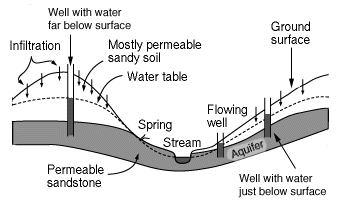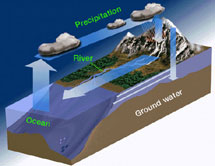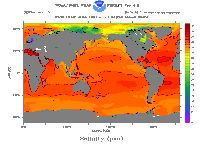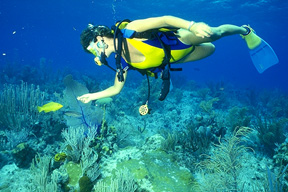Amazing Water Facts
| Fact | Feature | Size |
|---|---|---|
| Largest Ocean | Pacific Ocean |
area = 166 million sq km (64 million sq miles) |
| Largest Sea | South China Sea |
area = 3 million sq km (1.1 million sq miles) |
| Biggest Bay | Bay of Bengal |
area = 2.2 million sq km (868,000 sq miles) |
| Deepest point in ocean | Mariana Trench (Pacific Ocean) | 11 km (36,000 feet down) |
| Saltiest Sea | Dead Sea (Israel/Jordan) | 9 times saltier than oceanwater |
| Hottest Seawater | Persian Gulf | 35o C (95o F) |
| Longest River | Nile River (Africa) | 6,670 km (4,145 miles) |
| River that carries most water | Amazon River (South America) | pours 4 million cubic feet every second into Atlantic |
| Muddiest River | Yellow River (China) |
deposits rich silt over 141,645 sq km in its flood plain and delta. (2 billion tons of soil washed down each year) |
| Highest Waterfall | Angel Falls (Venezuela) | Total drop = 980 m (3212 feet) |
| Deepest and oldest lake | Lake Baikal (Siberia) |
Deepest part = 1,940 m (6,365 ft)
age = 25 million years old |
| Largest freshwater lake | Lake Superior (N. America) | area = 82,103 sq km (32,000 sq miles) |
| Smallest Great Lake | Lake Ontario (N. America) | area = 19,546 sq km (7,550 sq miles) |
| Shallowest Great Lake | Lake Erie (N. America) | 64 m (210 feet deep) |
| Largest salty sea | Caspian Sea |
area = 371,841 sq km (143,630 sq miles)
length = 1207 km (750 miles) |
| Longest freshwater lake | Lake Tanganyika (Africa) | length = 676 km (420 miles) |
| Highest navigable lake | Lake Titicaca (S. America) | height = 3,811 m (12,307 feet) |














